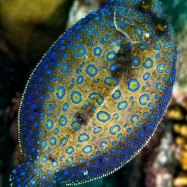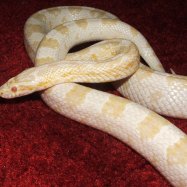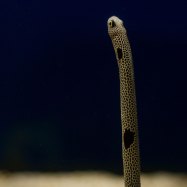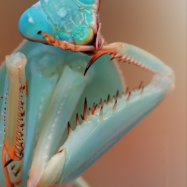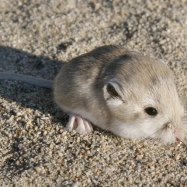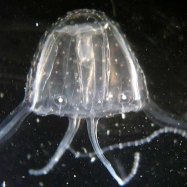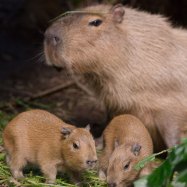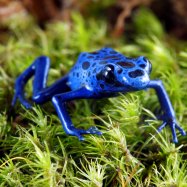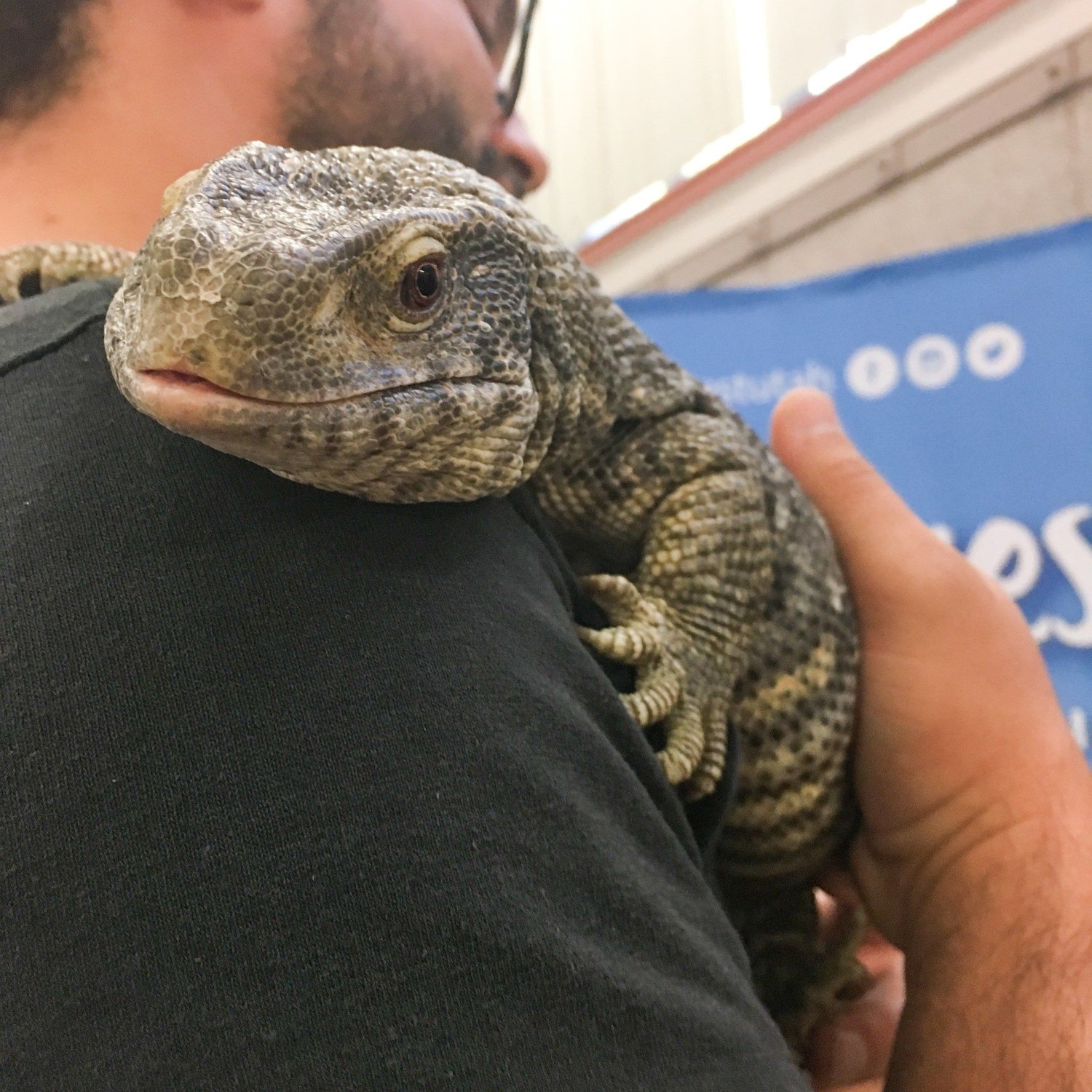
Savannah Monitor
Up to 5 feet (1.5 meters)
The Savannah Monitor is a popular pet reptile due to its calm demeanor and manageable size of up to 5 feet. Its elongated body and long tail make it a unique addition to any collection. Native to Africa, this member of the Varanidae family is a great choice for reptile enthusiasts of all levels. #SavannahMonitor #Varanidae #Africa #petreptiles #reptileenthusiast
Animal Details Summary:
Common Name: Savannah Monitor
Kingdom: Animalia
Habitat: Savannahs, grasslands, forests, and wetlands
The Mighty Savannah Monitor: A Powerful Reptile of Africa
The African continent is known for its diverse array of wildlife, from the majestic lions and elephants to the elusive leopards and hippos. However, there is one animal that often goes unnoticed, hidden within the vast savannahs and forests – the Savannah Monitor (Varanus exanthematicus). This highly adaptable and powerful reptile is a marvel of nature, with a unique set of characteristics that make it stand out among its reptilian peers.The Savannah Monitor belongs to the kingdom Animalia, phylum Chordata, and class Reptilia Savannah Monitor. It is a member of the order Squamata, and its family Varanidae is the largest among lizards. This impressive creature can be found in a variety of habitats, including savannahs, grasslands, forests, and wetlands, throughout sub-Saharan Africa.
An Agile Predator: Feeding and Hunting Method
As a carnivorous species, the Savannah Monitor employs a variety of techniques to secure its prey. Its diet mainly consists of insects, such as beetles, grasshoppers, and termites, but it also feeds on small mammals, birds, and even other reptiles. Its sharp claws, powerful jaws, and long, forked tongue make it an efficient hunter and a force to be reckoned with in the African wilderness.The Savannah Monitor has a unique feeding method, where it actively forages for food. Unlike other reptiles that rely on ambush tactics, this species actively seeks out prey, using its keen sense of smell and sharp eyesight. Its elongated body and long tail help it to maneuver quickly through the grasslands, and its thick, armored skin protects it from potential attacks.
Africa's Native Son: Geographical Distribution and Country of Origin
The Savannah Monitor is native to Africa, with a range that spans across multiple countries, including Ghana, Senegal, Nigeria, Cameroon, and Sudan, among others Sable. Its geographical distribution primarily covers the southern parts of the Sahara desert, from Senegal and Mali in the west to Ethiopia and Somalia in the east.In these countries, the Savannah Monitor can be found in a variety of habitats, from dry savannahs to tropical forests and even marshes and swamps. What makes this reptile truly remarkable is its ability to adapt to different environments and conditions, making it one of the most successful reptiles in its family.
A Stunning Creature: Animal Coloration and Body Shape
The Savannah Monitor is a sight to behold, with its dark brown to black skin adorned with striking yellow or white spots. These spots serve as camouflage, helping the reptile to blend in with its surroundings and avoid detection by predators. They also help the Savannah Monitor to regulate its body temperature, as the spots can absorb or reflect heat depending on the surrounding temperature.In terms of body shape, the Savannah Monitor has an elongated body, reaching up to 5 feet (1.5 meters) in length. Its body is covered in small, sharp scales, which serve as protection against predators and also help it to retain moisture in its body. Its long tail makes up more than half of its body length and serves as a means of balance and communication.
Marvelous Adaptability: Habitat and Location
One of the most remarkable features of the Savannah Monitor is its adaptability. As mentioned earlier, it can thrive in a variety of habitats, making it a truly versatile reptile. In the wild, Savannah Monitors can be found in savannahs, grasslands, forests, and wetlands, but they are also known to inhabit urban areas, where they feed on pests such as rodents and insects.In captivity, the Savannah Monitor can adapt to a wide range of environments, as long as its basic needs are met. However, it is crucial to provide a large and stimulating living space for these reptiles, as they are highly active and curious creatures.
A Threatened Species: Conservation Status
Despite its adaptability, the Savannah Monitor is facing a decline in its population due to several factors. These include habitat loss, overhunting for its meat and skin, and the pet trade industry. In some countries, there is also a misconception that killing a Savannah Monitor can bring good luck, leading to their senseless slaughter.As a result, the International Union for Conservation of Nature (IUCN) has classified the Savannah Monitor as a species of "Least Concern," meaning that it is not currently facing a high risk of extinction. However, conservation efforts are still necessary to prevent further population decline and protect this incredible reptile for future generations.
The Human Connection: Savannah Monitors as Pets
The Savannah Monitor has become a popular choice as a pet in recent years, thanks to its unique appearance and impressive adaptability. However, it is essential to note that owning a Savannah Monitor is a significant responsibility, as it requires specific living conditions, diet, and handling.In some countries, such as the United States, it is illegal to own a Savannah Monitor as a pet due to their large size and aggressive nature. However, in countries where it is legal, it is crucial to purchase from reputable breeders and provide proper care for the reptile. This includes a large enclosure, a specific diet, and regular vet visits.
Conclusion
In conclusion, the Savannah Monitor is a powerful and adaptable reptile that deserves more recognition and protection. From its unique feeding and hunting methods to its stunning coloration and body shape, this reptile is a true marvel of nature. As a species facing several threats, it is crucial for humans to be responsible for their actions and ensure the preservation of this magnificent creature.So the next time you find yourself in the African savannah, keep an eye out for the elusive Savannah Monitor – a true powerhouse of the reptilian world.

Savannah Monitor
Animal Details Savannah Monitor - Scientific Name: Varanus exanthematicus
- Category: Animals S
- Scientific Name: Varanus exanthematicus
- Common Name: Savannah Monitor
- Kingdom: Animalia
- Phylum: Chordata
- Class: Reptilia
- Order: Squamata
- Family: Varanidae
- Habitat: Savannahs, grasslands, forests, and wetlands
- Feeding Method: Carnivorous
- Geographical Distribution: Sub-Saharan Africa
- Country of Origin: Multiple countries in Africa
- Location: Africa
- Animal Coloration: Dark brown to black with yellow or white spots
- Body Shape: Elongated body with a long tail
- Length: Up to 5 feet (1.5 meters)
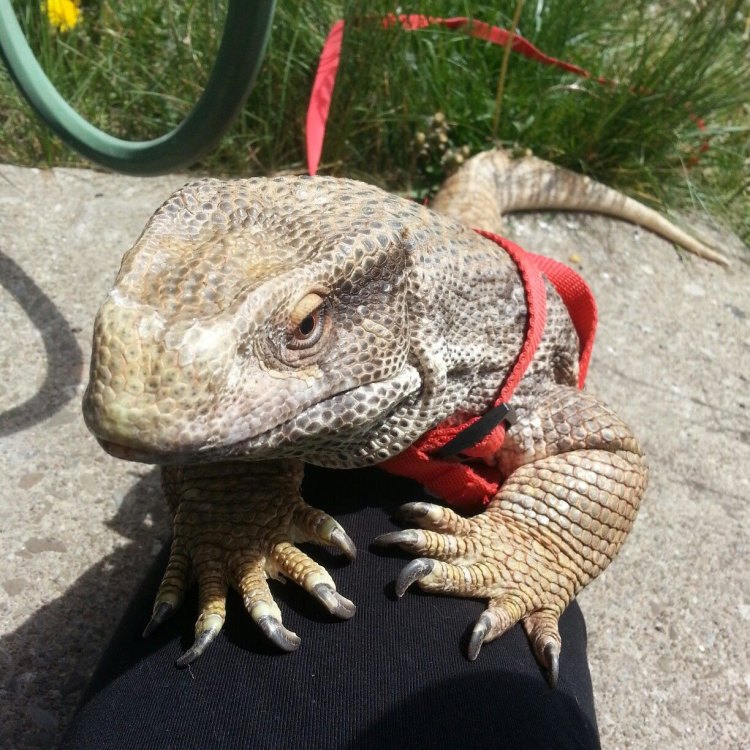
Savannah Monitor
- Adult Size: 2-4 feet (0.6-1.2 meters) in length
- Average Lifespan: Up to 15-20 years in captivity
- Reproduction: Oviparous (lays eggs)
- Reproductive Behavior: Males engage in combat for mating rights
- Sound or Call: Hissing or growling
- Migration Pattern: Non-migratory
- Social Groups: Solitary
- Behavior: Diurnal (active during the day)
- Threats: Habitat loss and illegal pet trade
- Conservation Status: Least Concern
- Impact on Ecosystem: As top predators, they help control populations of small animals
- Human Use: They are sometimes kept as pets
- Distinctive Features: Large size, powerful limbs, and sharp claws
- Interesting Facts: They have a forked tongue used for sensing prey and their surroundings
- Predator: Large birds of prey, snakes, and larger carnivorous mammals
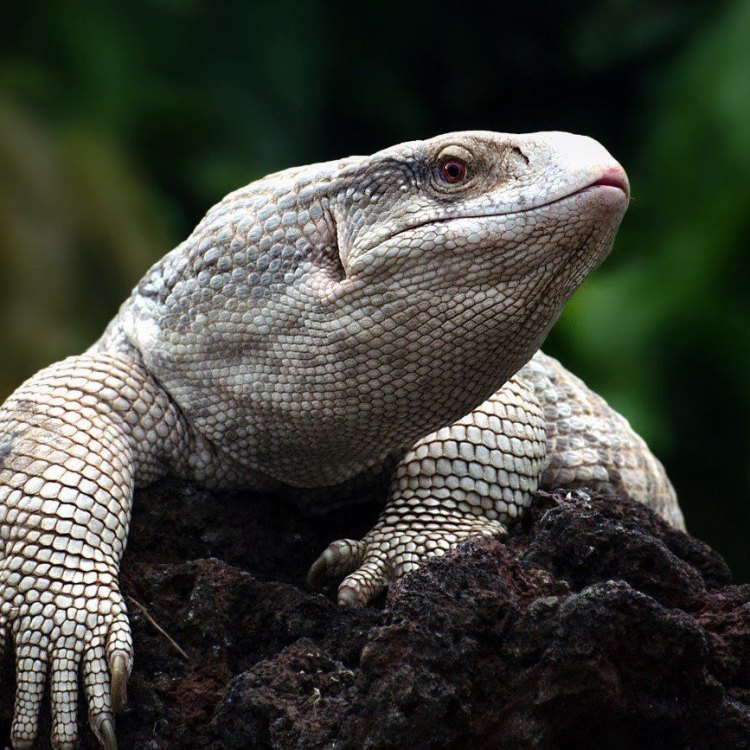
Varanus exanthematicus
The Fascinating World of the Savannah Monitor: A Powerful Predator and Surprising Pet
Imagine walking through an African savannah, the hot sun beating down on your skin and the rustling of leaves from nearby trees. As you take in the beauty of nature, you suddenly come across a large, powerful lizard with sharp claws and a distinctive forked tongue. This is the Savannah Monitor, a species that has captured the hearts of many animal lovers with its unique features and interesting behaviors.The Savannah Monitor, also known as the Bosc's Monitor or Savannah Tegu, is a large lizard native to the savannahs of Africa PeaceOfAnimals.Com. They are a member of the Varanidae family, which includes other monitor lizards such as the Komodo Dragon. With an adult size of 2-4 feet (0.6-1.2 meters) in length, these reptiles are not your typical small and scaly pet. But for some, their impressive size is part of their charm.
Let's dive deeper into the world of the Savannah Monitor and uncover the fascinating facts and features that make this lizard a formidable predator and surprising pet.
The Adult Size and Lifespan of the Savannah Monitor
One of the first things that catches attention about the Savannah Monitor is its size. While they start off small, with hatchlings measuring only a few inches in length, they can grow up to 2-4 feet as adults. This impressive size makes them one of the largest lizard species in the world Sidewinder.Their long and powerful bodies are made up of strong limbs and sharp claws, allowing them to move through their surroundings with ease. This, coupled with their muscular build, makes them formidable predators in the African savannah.
On average, a Savannah Monitor can live up to 15-20 years in captivity if given proper care. While this may seem like a long time, it is important to remember that adopting any animal is a commitment that should not be taken lightly.
Reproduction and Reproductive Behavior of Savannah Monitors
Like many other reptiles, the Savannah Monitor is oviparous, meaning they lay eggs to reproduce. Females typically lay 8-20 eggs in a clutch and bury them in a warm and moist location, such as under logs or in the sand. These eggs take around 6-8 months to hatch, and the hatchlings are fully independent from the moment they emerge.However, it's the mating ritual of male Savannah Monitors that is truly fascinating to observe. During the breeding season, males engage in combat for the right to mate with a female. This involves head butting, pushing, and biting, all in an effort to establish dominance. The winner of the fight is then allowed to breed with the female.
This aggressive behavior is a natural part of their reproductive process, and it is important to provide enough space for multiple males in a captive environment to avoid any serious injuries.
Sounds and Socialization of the Savannah Monitor
While some animals are known for their beautiful songs or calls, the Savannah Monitor instead communicates through hissing or growling. These sounds are mainly used to warn off other animals or as a means of defense.As for socialization, Savannah Monitors are solitary creatures and do not form social groups. In fact, they are known to become aggressive towards other monitors of the same species, especially during breeding season. This is why it is important to house them alone or in separate enclosures.
Behavior and Threats of the Savannah Monitor
Savannah Monitors are diurnal, meaning they are active during the day and will spend their time basking in the sun. In the wild, they are also known to be excellent hunters, using their keen sense of smell and forked tongues to locate prey. Their diet consists of small animals such as rodents, insects, and birds.However, as with many other species, their existence is under threat due to habitat loss and illegal pet trading. These lizards are often captured from the wild and sold as pets, leading to a decline in their population. As responsible pet owners, it is important to not contribute to this illegal trade and instead, opt for adopting a Savannah Monitor from a reputable breeder or rescue group.
Conservation Status and Impact on Ecosystem
Despite their threats, the Savannah Monitor is currently listed as Least Concern on the IUCN Red List. This means that their population is stable and not currently at risk of extinction. However, as responsible members of the global ecosystem, it is our duty to ensure the protection of all species, including the Savannah Monitor.As top predators, these lizards play a vital role in controlling the populations of small animals. By regulating the numbers of prey species, they help maintain a healthy balance in the ecosystem.
Human Uses for Savannah Monitors
While they are primarily wild animals, Savannah Monitors have also found a place in some households as pets. However, it is important to note that they are not the easiest or most suitable pet for everyone. They require specific habitats, diets, and handling techniques, which can be challenging for first-time reptile owners.That being said, for those willing to put in the time, effort, and resources, owning a Savannah Monitor can be a rewarding experience. They can form strong bonds with their owners and have been known to become quite affectionate with proper socialization and training.
Distinctive Features and Interesting Facts
Aside from their size and sharp claws, Savannah Monitors have a few other distinctive features that make them stand out. They have a forked tongue, similar to that of snakes, which they use for sensing prey and their surroundings. They also have powerful jaws and sharp teeth, making them efficient hunters.But perhaps one of the most interesting facts about Savannah Monitors is their ability to use their powerful tails for defense. In the wild, they are known to use their tails as a whip-like weapon to fend off predators or other threats.
Natural Predators of the Savannah Monitor
Despite their powerful build and sharp claws, Savannah Monitors also have their fair share of natural predators. Large birds of prey, such as eagles and hawks, pose a threat to young Savannah Monitors. Snakes and larger carnivorous mammals, such as hyenas and wildcats, also prey on these lizards.However, their keen senses and quick movements make them quite adept at avoiding these natural enemies in the wild.
In Conclusion
The Savannah Monitor is a fascinating creature that has captured the hearts of many. From their impressive size to their unique behaviors and features, they are a species worth learning more about and protecting. As responsible individuals, we must do our part in preserving and respecting the natural habitats of these majestic lizards, and avoid contributing to their threats.While they may not be the easiest pets to care for, those who choose to adopt a Savannah Monitor are rewarded with a lifelong companion that is both impressive and surprisingly affectionate. So the next time you come across one of these powerful predators in the African savannah, take a moment to appreciate their beauty and role in maintaining a healthy ecosystem.
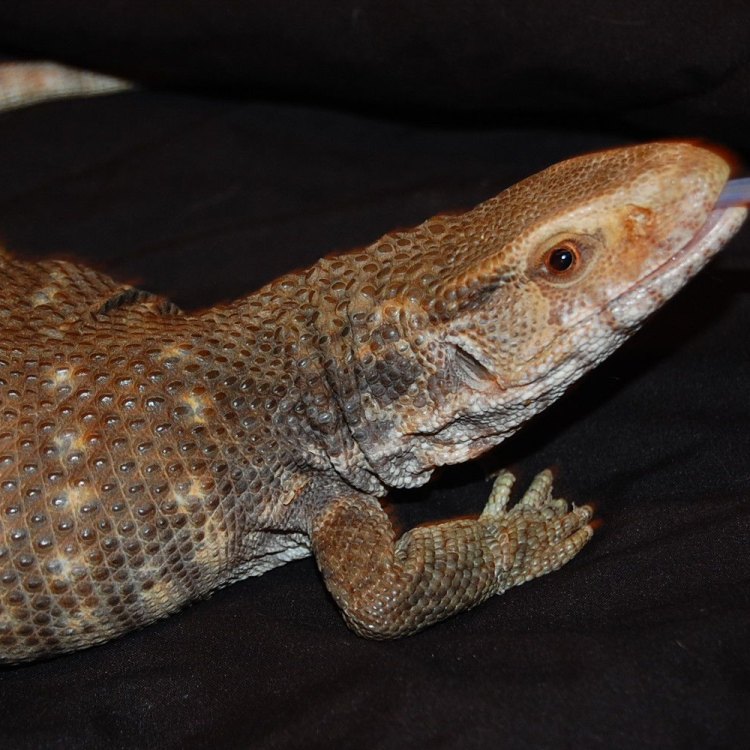
The Mighty Savannah Monitor: A Powerful Reptile of Africa
Disclaimer: The content provided is for informational purposes only. We cannot guarantee the accuracy of the information on this page 100%. All information provided here may change without prior notice.


